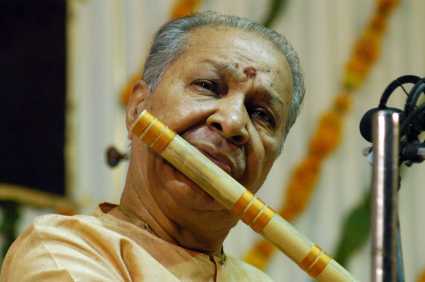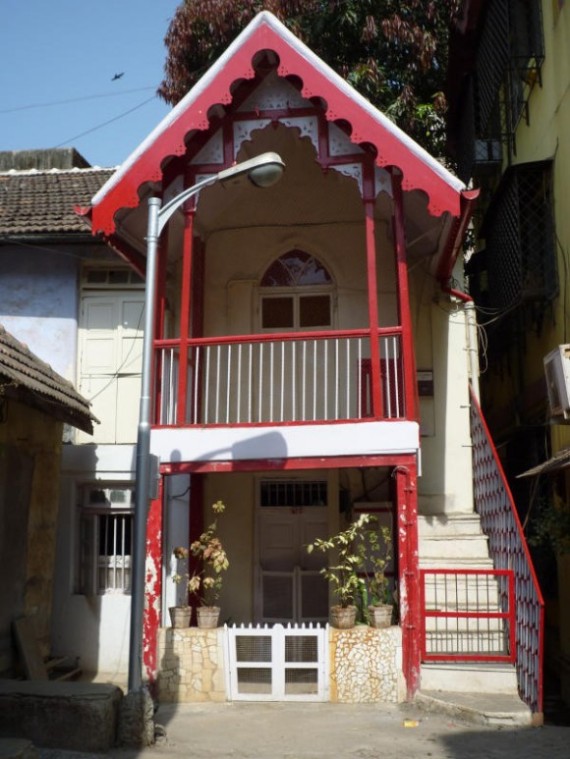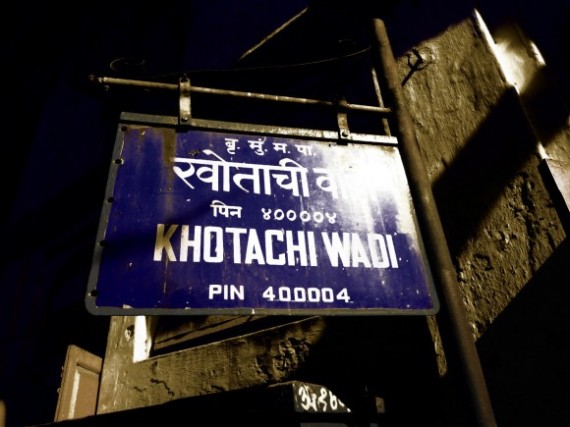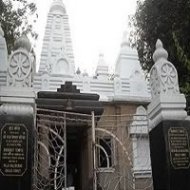Dhundhli Hai Aaj Kanha Ke Bansuri Ki Dhun
The future of our country is in the hands of the “Youth”!
Oh definitely! “Youth” fixating on the oh-so-awesome rap music and dancing to house, techno and hip-hop tracks makes reminiscent of what it used to be like when the Garbe Geet were pure and devoid of remixes interspersed with senseless english words like “baby” and “you drive me crazy”, and the prayers were reverb-free. In a country with 28 states (and hopefully no more), scores of languages, hundreds of dialects and thousands of Gods (so much for delayed wishful thinking) and cultural heritage thick and delicious as Rabdi , Saakli and pakda-pakdi has been replaced by Nintendo Wii, switches by remote controls, rooftop summer nights by year-long air conditioning. If it were possible, India would be another Western Country in the East (applause for the youth)
In times like this, I am grateful somethings never change. At least not so speedily.
Its half past midnight. Slight drizzle. The unusual Mumbai monsoon. “Yaha baaju mai laga do” I tell the autowala as he approaches this building. The numerous strings of lights hanging down from the terrace of the 2 storey building and the sounds of the shankha and bells immediately draw my attention. I walk into the compound. Here I am, for my annual pilgrimage to the “Brindavan Gurukul” – Pt.Hariprasad Chaurasia’s Gurukul in Andheri. Versova to be precise.
On every Janmashtami, as has been the tradition since more than 26 years now (If I am not wrong), Panditji , the great exponent of Basuri (Indian Bamboo Flute) and one of Indian classical music’s living legends, and his students pay their respects to the ultimate musician – Lord Krishna.
The Gurukul has 3 rooms on the ground floor. The central one is where the idols of Krishna & Radha have been installed. A small room to the right serves as the kitchen and one on the left, is where Panditji teaches his students. There are two floors above. I have never been upstairs though.
The Janmashtami celebrations start off with a pooja offered to the Lord. Done in traditional Hindu rituals, it sets the devotional and celebratory tone for the day. At promptly 12.30am, the aarti is sung. All 200 odd devotees (of Krishna or of Panditji, I could not tell which) present, take part in the aarti. And then as soon as the rituals end (the moment for which everyone has been waiting) Panditji , with his basuri, takes his seat right next to the idols Everyone settles down and the incredible rendering of the most melodious instrument begins. This will continue for the whole day i.e. 24 hours (that’s right), till next midnight.
Now Indian classical music has a very rich past. The depth and the variety of the music, though difficult to grasp at first , is very enriching. As we know, our music draws a lot from our philosophy and spirituality. In fact the birth of music and dance in India, in the Vedic period that is, was aimed at worshipping the Almighty. The performances would take place in the temple courtyards. Later shifting to the royal courts and now of course to air-conditioned auditoriums.
Why I am delving into this is because this event, the Janmashtami celebrations at Brindavan Gurukul, is not just another Classical concert, where the artist plays to please the audience. Here the artist plays for the Lord, facing the temple, offering all that he has learnt over the many decades. The audience sits, on the “dari”, very close to the Guru, and the Lord. The music played is without any restrictions, straight from the soul. This is what makes this event, this celebration very pure and an experience you will never forget.
Panditji started off with the Queen of all Raagas, Raag Yaman. He extensively played the Alap-Jod-Jhala, almost lasting 2 hours, followed by a couple of compositions. He was supported by his students, including Rupak Kulkarni – one of his very talented disciples. Pt. Bhawani Shankar accompanied him on the Pakhwaj along with Pt. Anutosh Digharia on Tabla.
I reluctantly left at 4 in the morning. Panditji also left at around the same time, only to come back afresh during the day to continue the musical offerings till midnight. His students however would continue in his absence.
The 3-4 hours that I spent there, reinforced my faith in Indian classical music. It is rigorous, highly complex, intuitive and soul stirring at the same time.
For those who have keen interest in music (and even for those who don’t ) I would advise you to come to Brindavan Gurukul on Janmashtami next year, which Google says is on Wednesday , 28th August 2013. The experience, a refreshing change from this life (if it is even worth living), would be undoubtedly unforgettable.
By,
Disha Deshpande.
Photo credits: Google Images.

























